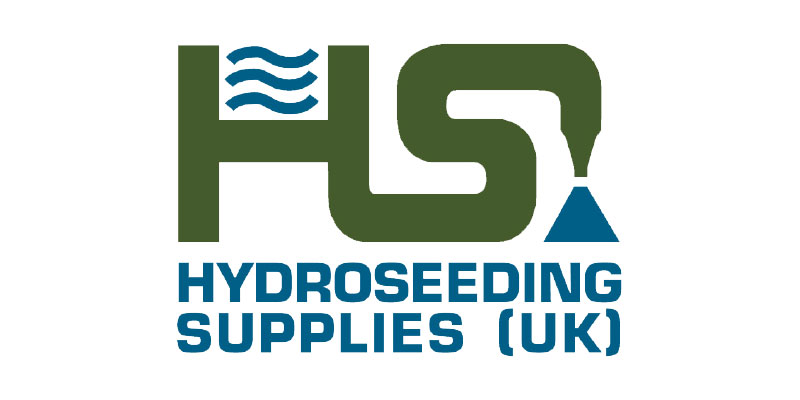We have an entire menagerie of pets these days. Dogs and cats remain the two most popular, but people give up their lawns to animals of all types. My own brother had a lizard a few years ago, and in the hot Summer months he would put his pet in a huge caged area on the lawn.
Pets can cause a few issues with your well-maintained grass, and that’s what we’re here to look at today.
What is the Best Grass for Pets?
This is quite an easy one to answer. A hard-wearing natural grass seed is ideal for all types of animals. This has several advantages.
- It is readily available
- Natural grass seed is inexpensive
- It germinates and grows in most environments
- Your soil is probably good enough to support this type of grass

While we are talking about soil, it is worth looking at it, just to be on the safe side. The main characteristic of soil is the pH – a measurement of the acidity or alkaline level of the soil. Certain grass seed works better with moderate pH soil; something in the 5.8 to 7.2 range.
High pH means higher alkaline levels. Low pH means higher acid levels. The scale is measured from 0-14.
A soil test can give you an accurate measure of your lawn’s current pH level. If your soil is outside this range after you may want to correct it using fertilisers. An acidifying fertiliser will reduce the pH value of the topsoil over time.
Grass and Lawn Seed Delivered – Click Here
Recommended Pet Safe Grass Seed
We are asked this question from time to time, and it’s fair to say that all grass seed is pet safe. However, on the other side of the equation – you should always discourage cats and dogs from eating too much grass.
Dogs will chew on grass to aid digestion. Cats might run their mouth along or across grass to drink any water droplets left by rain or dew. In small quantities this isn’t an issue, but if your dog or cat is always chewing or eating grass you might want to investigate their diet. Check out the great reading material below – however, as always, if you are concerned about your pets’ health, please ask your vet!
Dogs https://www.pdsa.org.uk/taking-care-of-your-pet/looking-after-your-pet/puppies-dogs/your-dogs-diet
Cats https://www.rspca.org.uk/adviceandwelfare/pets/cats/diet
You’ll find our range of grass seeds here, including multiple mixes for bigger “pets” like horses and cattle!
Digging with Dogs
The most immediately destructive action people may get is their pet digging up the lawn. Dogs might do this. Don’t panic – and don’t blame the dog.
There are a few reasons your dog or puppy might dig in the lawn:
- It is bored
- Your dog needs to chew.
- A young dog might see digging as a form of play
- Your dog might be trying to escape or hide.
- Your dog might have energy and have no other way of burning it off
To get around these issues might require some effort. A bored dog would benefit from company, perhaps a few toys – which would also help with the need to chew.
Taking your dog for a long walk, particularly important if you have a small garden or your dog is inside for much of the day can reduce all sorts of anti-social behaviours.
Does your dog feel threatened? Are there other pets or neighbours’ pets that they might be looking to escape from? As well as discussing this with your neighbours, spending time with your dog, reassuring them that all is well should work here over time.
Your dog might also be digging up the lawn to find some shelter from the weather. Rain or heat. Make sure there is always some shelter from the elements for your dog.
Pet Patches on your Lawn
So, you have safe, hard-wearing grass growing on your lawn. Good rich soil and established root growth. However, like most pet owners, your animals are causing “pet patches”. Areas of the lawn where they urinate. The acidity of the urine kills the grass and can lead to unsightly dead patches.
Here is a 5-step plan to deal with pet patches on your lawn
- Step one. Use a rake to remove as much of the dead grass area as possible. This needs to be removed and thrown away with your normal grass cuttings.
- Step two. Using the rake again, rough up the underlying soil, preparing it for new seed
- Step three. (Optional) if the soil looks dry and lifeless you may want to add a new enriched topsoil. Sprinkle a handful of new topsoil over the raked area. Just enough to cover it to a depth of a couple of millimetres.
- Step four. Broadcast your grass seed. Use the rake again to softly distribute the seed evenly over the bare area, just enough so most of the seed is coated in your new topsoil
- Step five. Water your grass seed as required. Ideally the seed should be watered once per day in the evening. However, if there are showers during the day you could leave it to nature.
Note: Very heavy rain in the first 2 weeks after planting might wash the seeds away from the renovated area. Keep an eye on the mid term weather forecast before you re-seed. YOU don’t want your hard work undone by a storm.
Good luck. We hope you enjoy your pet friendly lawn,




